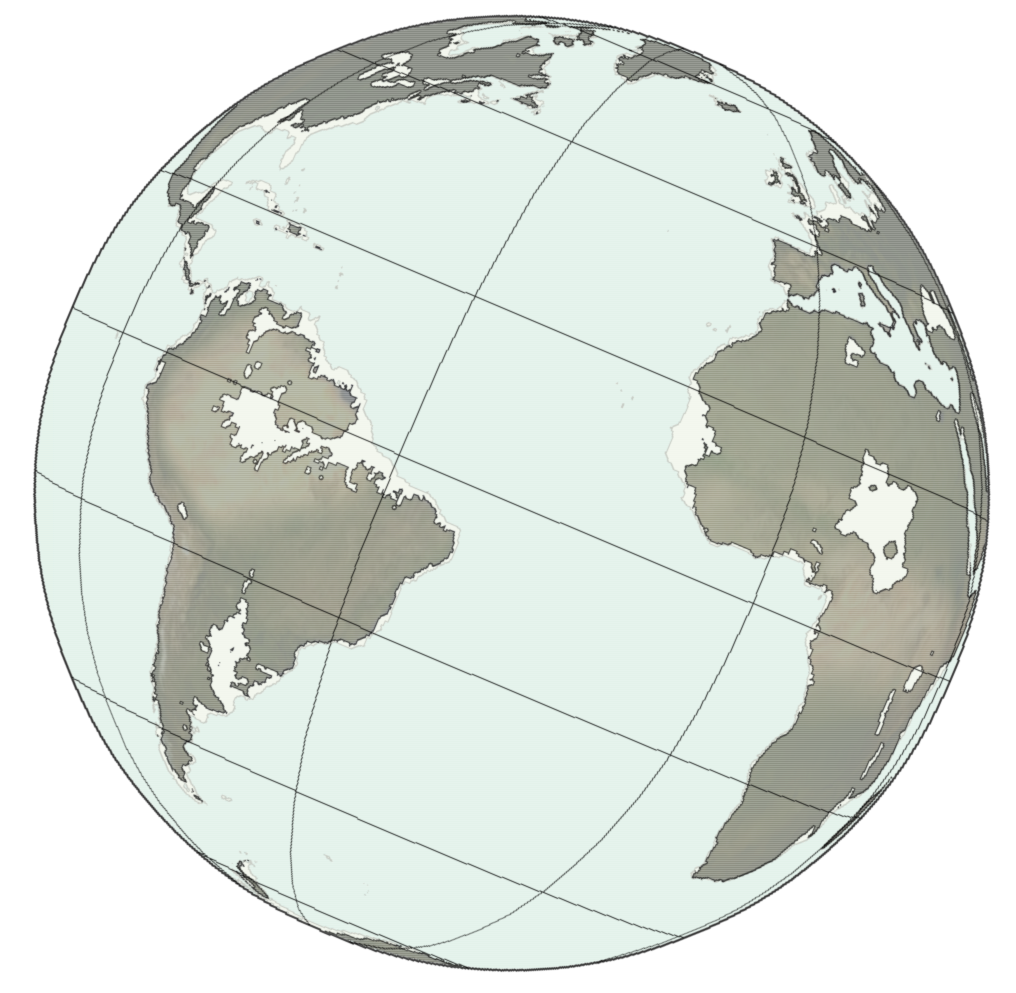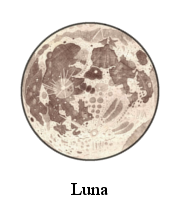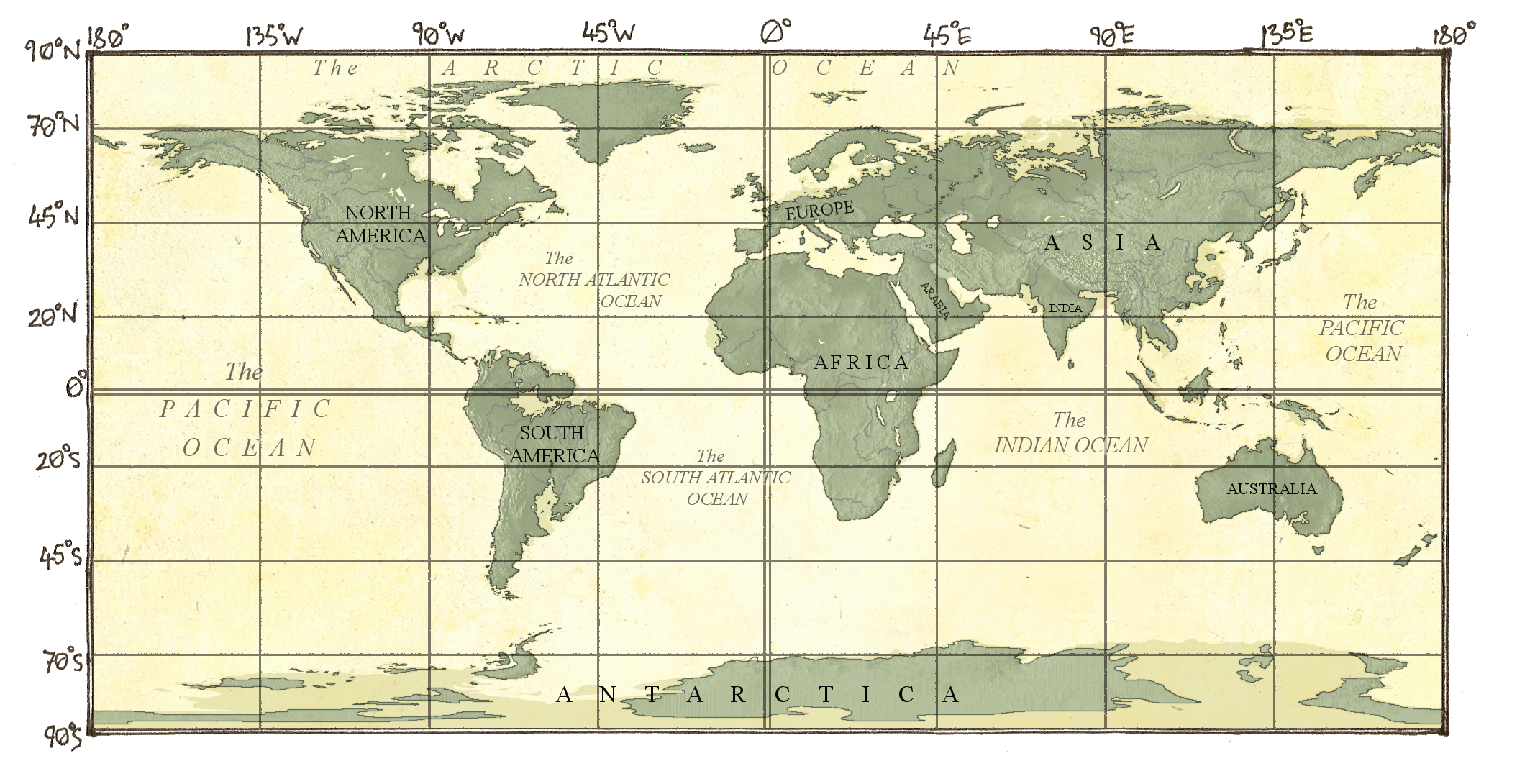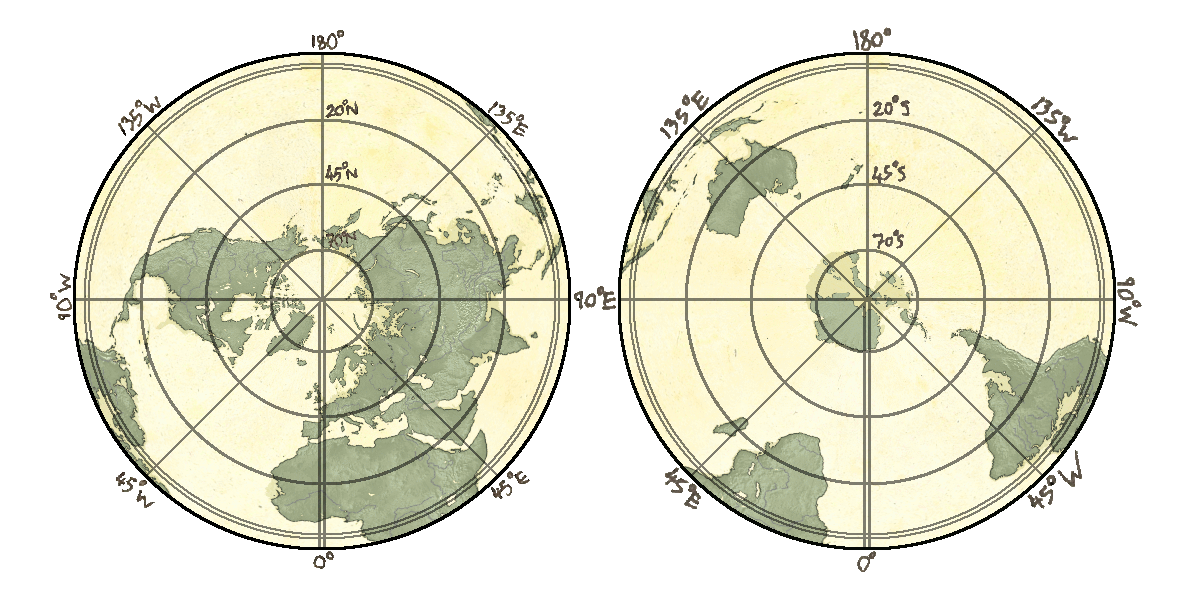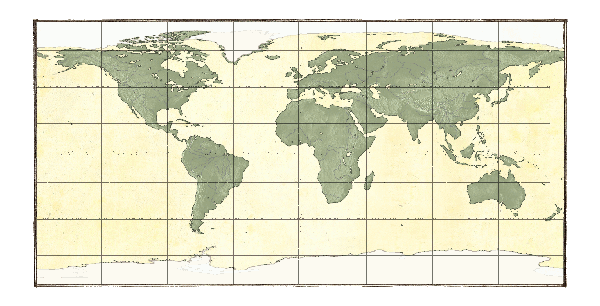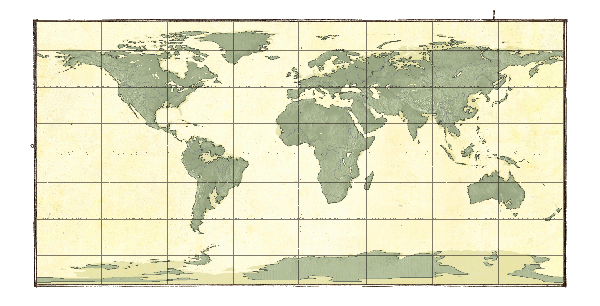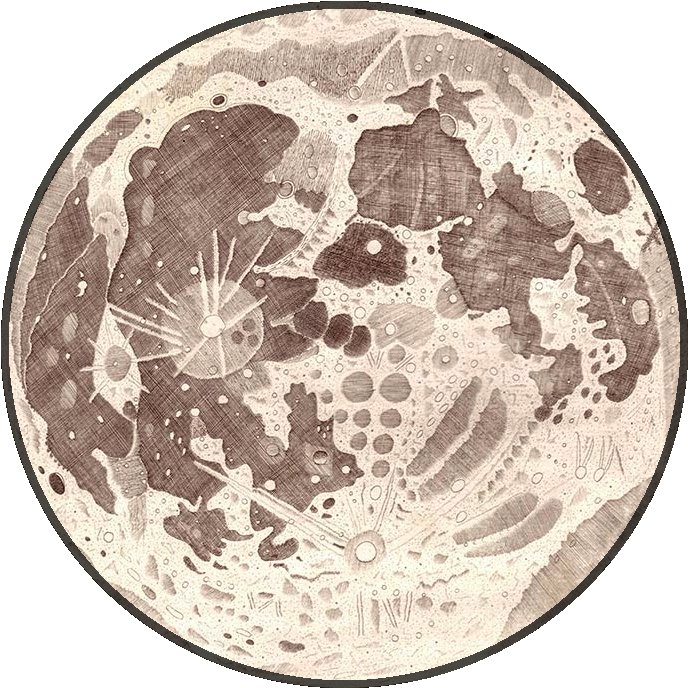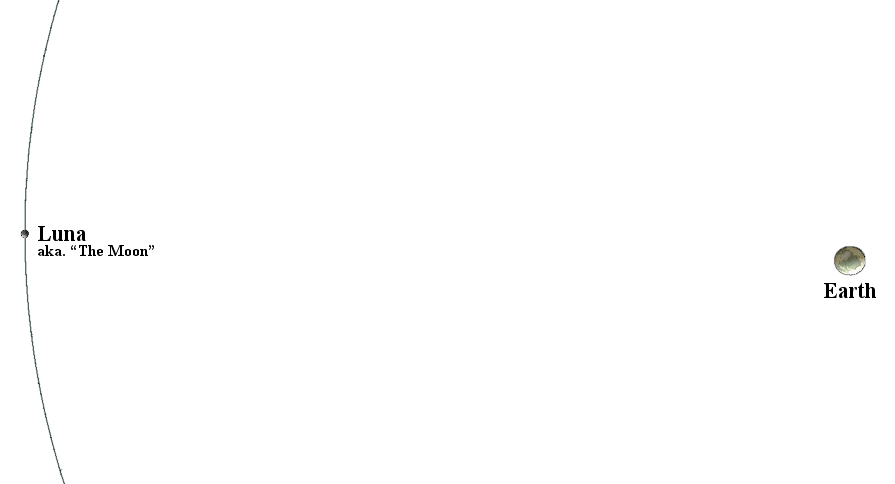The mother world of Mankind, Earth is one of a few million planets in the Galaxy that has naturally developed life, one of only a few hundred that has evolved complex biospheres, and the only planet (as far as we know) on which intelligence emerged.
The species Homo sapiens evolved on the plains of Africa about one hundred thousand years before the birth of Christ. Living for tens of the thousands of years as lowly savages, they began to develop agriculture sometime after the end of the Last Ice Age, and by 3000 B.C. the first early civilisations had begun to arise. Over the next five thousand years, agrarian civilisation spread over the corners of the Earth until, in the 18th Century A.D. a technological revolution would begin which would culminate in the 1960’s when Man became the first species in all the Galaxy to travel beyond their homeworld and into the vastness of Outer Space.
It was, however, the same industrial civilisation that propelled Man into Outer Space that also made him capable, for better or worse, to significantly alter the planet he lived on. During the three centuries or so before and after the launch of Sputnik, so much industrial gases were released into the atmosphere that the surface temperature rose to the point in which the polar ice caps began to melt. And in the early 22nd Century, Mankind’s first global civilisation destroyed itself in the fires of Nuclear Holocaust.
By the time a New Civilisation was built a thousand years later, industrial gases released by the Old Civilisation had caused both polar ice caps to melt completely and the oceans around the world had risen by 220 feet, changing the map of the Earth. But despite the fears of many, after the warming and rising of the oceans, climates may have changed across the world but nonetheless, Earth remained beautiful and green. And in the 38th Century A.D. a great and wise power arose to rule over the whole planet: the Terran Autocracy.
Over the next ten thousand years, Mankind has colonised hundreds of planets in solar systems spreading across a hundred light-years. His furthest explorations have reached thousands of light-years out into the Galaxy. And yet, despite the far flung reach Man has achieved, Earth, the Mother of Mankind, remains as the center of humanity and the hub of interstellar civilisation.
Go to: The History of Earth
|
|
